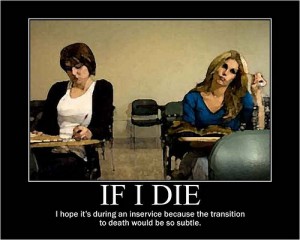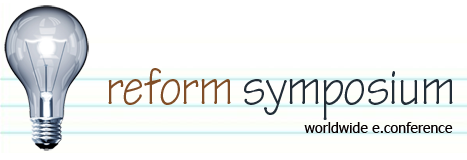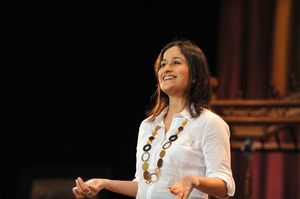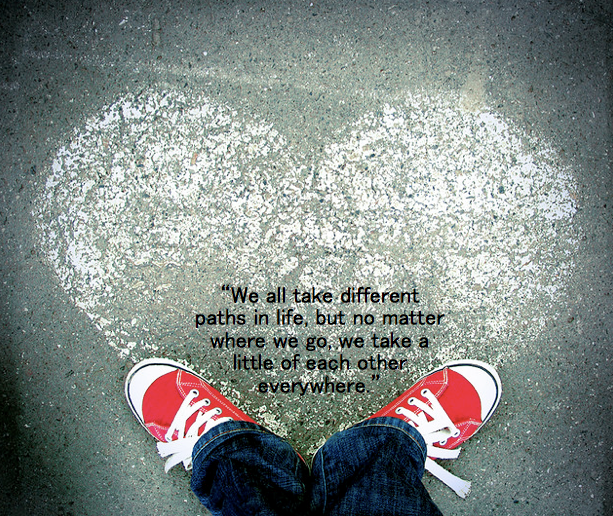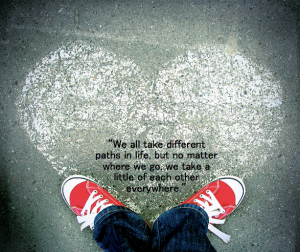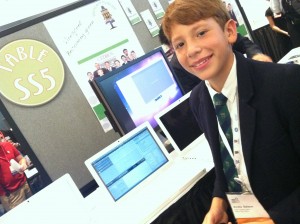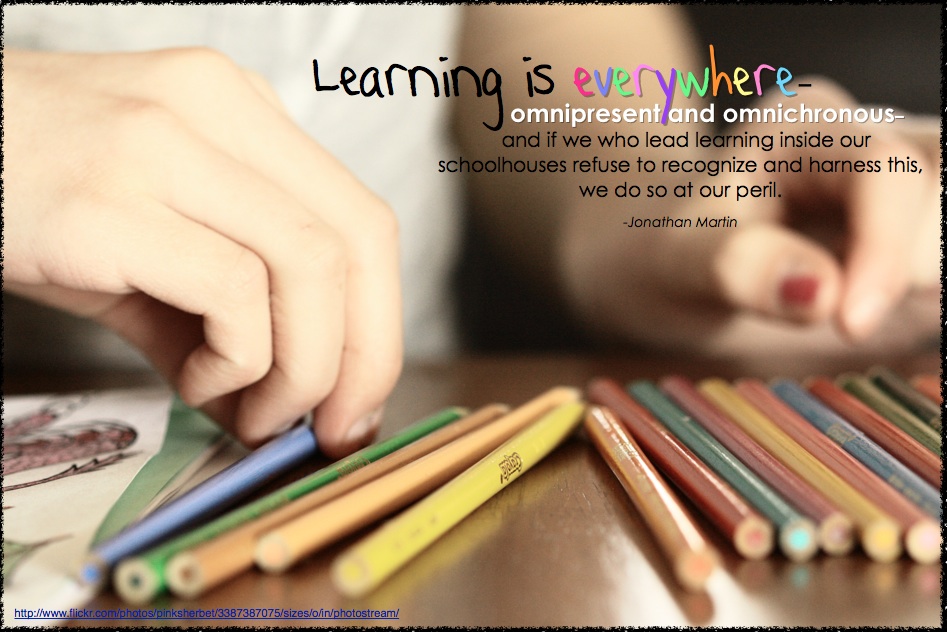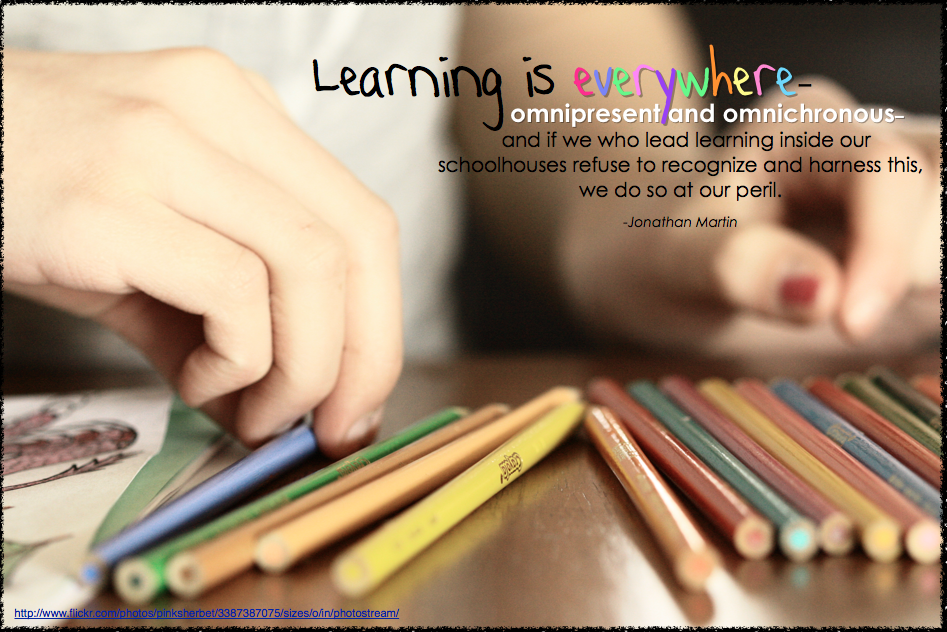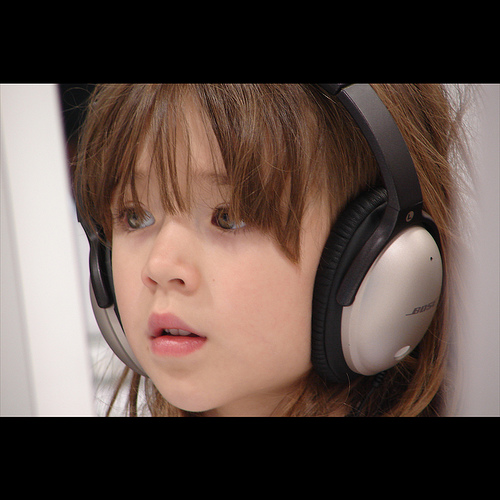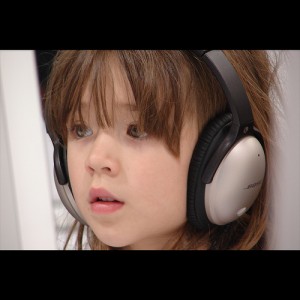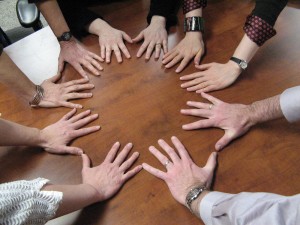
Yesterday was our full-day “in-service” for teachers at the building level. This is a day always filled with anticipation, nerves, and the feeling that I probably neglected to do something before the clock chimes 8 AM. But this year, a feeling of calm spread over me. The task of planning 6 hours of professional development for teachers can be daunting for a principal. But when you turn the learning over to the learner, things tend to run a bit more smoothly.
Providing teachers with the autonomy to do as they please on a day of learning isn’t something that would be met with success in any school. This type of opportunity comes only when teachers and administrators work in a culture of mutual respect and trust. For the past three years I’ve attempted to build this culture in our school, and I am now able to see the benefits of our efforts together. It was not without trials and tribulations, ups and downs, or successes and failures. But what results is special.
And it’s kind of magical.
I expressed these sentiments to my teachers yesterday. I told them that they don’t have the luxury of seeing this faculty as a whole as I do. How I notice every change in peer-peer encounter; every positive comment and word of encouragement; how formerly there were only questions raised without accompanying solutions offered; how they’re seeking out one another in times of need, when thirsting for knowledge, and using each other as resources in a collaborative learning environment.
So here are a few details about our opening day to avoid this being one of those fluffy posts void of any real information. 🙂
We started with a welcome and introductions of new staff members. My administrative assistant prepared a folder of important documents for our teachers and spent about 10 minutes highlighting the folder contents. I then wanted to get everyone moving around and discussing “life.” There is nothing that irks me more than encountering someone in the hallway after summer break and hearing the dreaded, “So, how was your suuummmmer?” question. Meh. So I turned to the intertubes to compile about 60 discussion-provoking questions. I printed them out in different colored ink, gathered strips of colored construction paper, and made sure each staff member chose a colored strip. This helped group our faculty members, and each group took turns choosing a question (“What do you keep in the trunk of your car?” “If you could be any comic book character, which would you be?”) and discussing the answers as a group. It didn’t take long before the room erupted with bursts of laughter and a lot of smiles. Mission accomplished!
I next had a responsibility to share with our staff building-wide achievement data. I compiled a simple Keynote highlighting some of our students’ accomplishments from last year, and the new approach our district is taking with data team meetings throughout the year. I stressed a sense of urgency in continuing to meet the needs of all of our learners, as well as the fact that we will all be transparent in our learning this year. All elementary buildings will be working together to enhance learning for students. I stressed that we will not equate our students to numbers. None of us should be afraid or unwilling to share our student data, successes, failures, ideas, and anything/everything related to the needs of our students. Together, we’re better.
I ended with this phenomenal clip of Michael McBride, a graduate of the Plano Independent School District, addressing 7,000 of his district’s teachers, eloquently describing how his K-12 teachers made an impact on his life. It was very moving, and I loved his message to teachers: “Act out. Misbehave! And teach with passion and excitement for every moment that you have inside the classroom and out.” Special thanks to Matt Gomez for including this video in a recent blog post! Made my day when I found it.
It was kind of magical.
“Wait, Lyn, what about the laundry list of informational items you have to share with teachers on Day 1? Schedules, lunch and recess routines, important dates, blah, blah, blah?” I’m blessed with a faculty full of teachers who are capable of reading print. This….is huge. 🙂 What that means is that I have the luxury of providing informational items in print for them to peruse and approach me with questions if necessary. About a week prior to opening day, I compiled a Google doc (it was a lengthy one, but I made them aware via email that it was a very important read) filled with informational items for teachers to read and consider before our meeting day. They were asked to email me with any concerns or questions. If a question arose several times, I knew it should be addressed whole-group. The only topic we discussed in our opening meeting was our changes to recess and lunch schedules. I was able to anticipate this need since teachers had the information ahead of time, and one teacher emailed me specific questions which helped guide our discussion. I received compliments that teachers enjoyed having that information in one place to refer back to as needed, and since it’s a living document, I can add/revise as needed.
Magic, indeed.
So, there I was, a full hour and 1/2 ahead of schedule. I was so thankful I now could provide my teachers with more time to meet in their teams. They used it wisely. I circulated about the building, peeking my head into various team meetings. Every conversation I encountered and work being done was meaningful in preparation for students’ arrival on Monday and the year ahead. Why don’t we trust our teachers with their time? Why do so many administrators feel as though they must dictate every second of teachers’ time on PD days? I can’t wrap my head around that.
We enjoyed a pizza lunch together. I’ve found having lunch together on this day to be a very important component of the team building process! We have a fabulous food services department who provides us with everything we need.
Then… the afternoon… the unconference! We’ve done differentiated professional development previously, including a Fed-Ex day and various teacher-led sessions during a district-wide technology day. In the past I would come up with a list of session ideas, plan the resources, run some of the sessions, etc. This time, I took a piece of blue poster board, whipped up an informal edcamp-inspired session board, placed some notecards on a nearby table, and asked teachers to sign up their conversation/session ideas to fill up the board. We had three session slots for the afternoon, and each session was filled with two or three options for discussion. We’re not a huge school, so it worked very well. I was especially blown away by the Daily 5 group that amassed in our kindergarten teacher’s room. The teachers are so excited to start this initiative this year! And where did the idea stem from? Not me. One of the teachers shared with me her Daily 5 conference experience this summer, and I thought it would be great to include others in learning more about it. In about one week, a “study group” had formed, so I ordered books for teachers. Word quickly spread, and now the study group includes representatives from all grade levels and special areas, too. Impressive.
And magical.
Last night on Twitter two of my teachers offered words of encouragement in regards to this structure of professional learning. I hope it’s okay with them that I’m sharing.
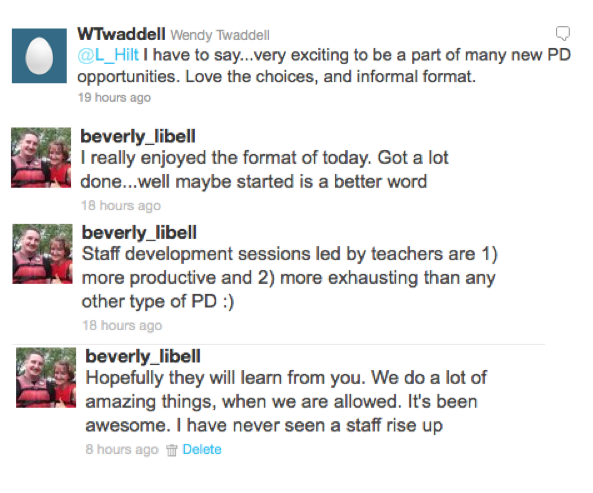
So… where do we go from here? Despite some constraints on our time this year with central-office scheduled data team meetings, I will continue to work to provide opportunities for my teachers to collaborate together. We will use those data team meetings to springboard conversations about teaching and learning and how we can best serve students. I will provide time for my teachers to spend time observing one another and discussing what they see. Many of my teachers have discovered the value of developing a professional learning network, and I believe their influence will help others reach out to our colleagues around the world to help bring new ideas into our school. I will provide support in any way I can- through monitoring and walkthroughs, allocating time, materials and resources to their efforts, to celebrating their successes and being someone they can confer with in times of concern.
I know my days here will only become more meaningful as soon as the children walk through the doors on Monday morning, but I’m very much encouraged by the learning my faculty and I shared yesterday. Wishing all of you a magical year!

